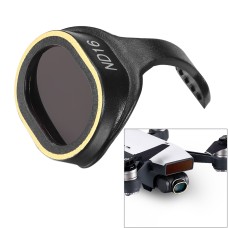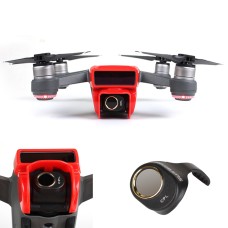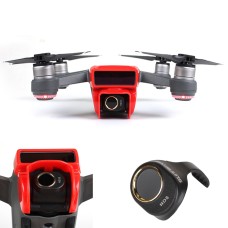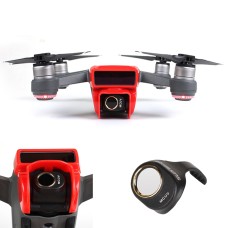$0.00
Checkout
Why are CPL or /PL Spark
lens filters needed?
Because
DJI Spark filters used on a drone
are associated with large restrictions on the shooting angle. This is a
professional shooting tool for those who have the understanding and the time to
experiment. With ND filters DJI Spark,
it is much easier to spoil shots than to improve them. Diagonal darkening or
generally lightening the sky and darkening the ground, black water surface, and
other unexpected effects are much more difficult to fix in post-production,
because. The effect changes as the shooting angle changes. But it is quite
possible to add a polarization effect when processing video, and even more so
photos in RAW. In editors, this is called haze removal.
How to choose the ND filter for
DJI Spark?
Before
buying a DJI Spark ND filter, and
even before buying a drone, you can estimate the degree of filter darkening you
need. To do this, take your phone and look at your photos from those places and
those conditions in which you intend to use a drone with a filter. Open the
photo properties and look for three parameters: aperture, shutter speed, and
ISO. If the ISO is greater than 100 or the shutter speed is less than 1/200,
then the filter is definitely not needed. Next, you need to compare the
aperture of the drone with the aperture on the phone. Usually, on phones, they
put fixes around f / 2, and on DJI drones f / 2.8. This means that the shutter
speed on the drone will be 2 times longer. We take exposure from a photograph,
for example, 1/800. We multiply by 2 if the phone has f / 2 (by 4 if f / 1.4,
do nothing if f / 2.8, divide by 2 if f / 4, and so on f / 8, f / 16). The
resulting figure is the estimated shutter speed of the drone. In our case, we
get 1/400. Further, everything is simple. If we want a shutter speed of 1/50,
then we need ND8.
The
number at ND shows how much the shutter speed will decrease when using this
filter. Often on a sunny day at f / 2.8, you can see shutter speeds of 1/3000
and higher. In this case, without using DJI
Spark ND filters, a strobe effect appears when the camera moves. The edges
of objects flicker, the image breaks, and it is difficult for the eye to
maintain focus.
If the
scene involves alternating dark and light areas, then you need to start from
the middle ones. You need to understand that in dark areas, to compensate for
the lack of light, the camera will increase the ISO, and this can lead to
noise. On the other hand, the overexposure of the area can no longer be
corrected (it is impossible to reduce the ISO). Therefore, fixing the shutter
speed in most cases is not necessary. Let automation have two degrees of
freedom – ISO and shutter speed. If the camera has an aperture change
available, then on the one hand (for the camera) it is easier, on the other
(for us) it is more difficult. The aperture will help the camera with an excess
of light, but deviating from the optimal values \u200b\u200bis detrimental to
image quality. Only very expensive lenses have good uniformity across their
aperture range.

















